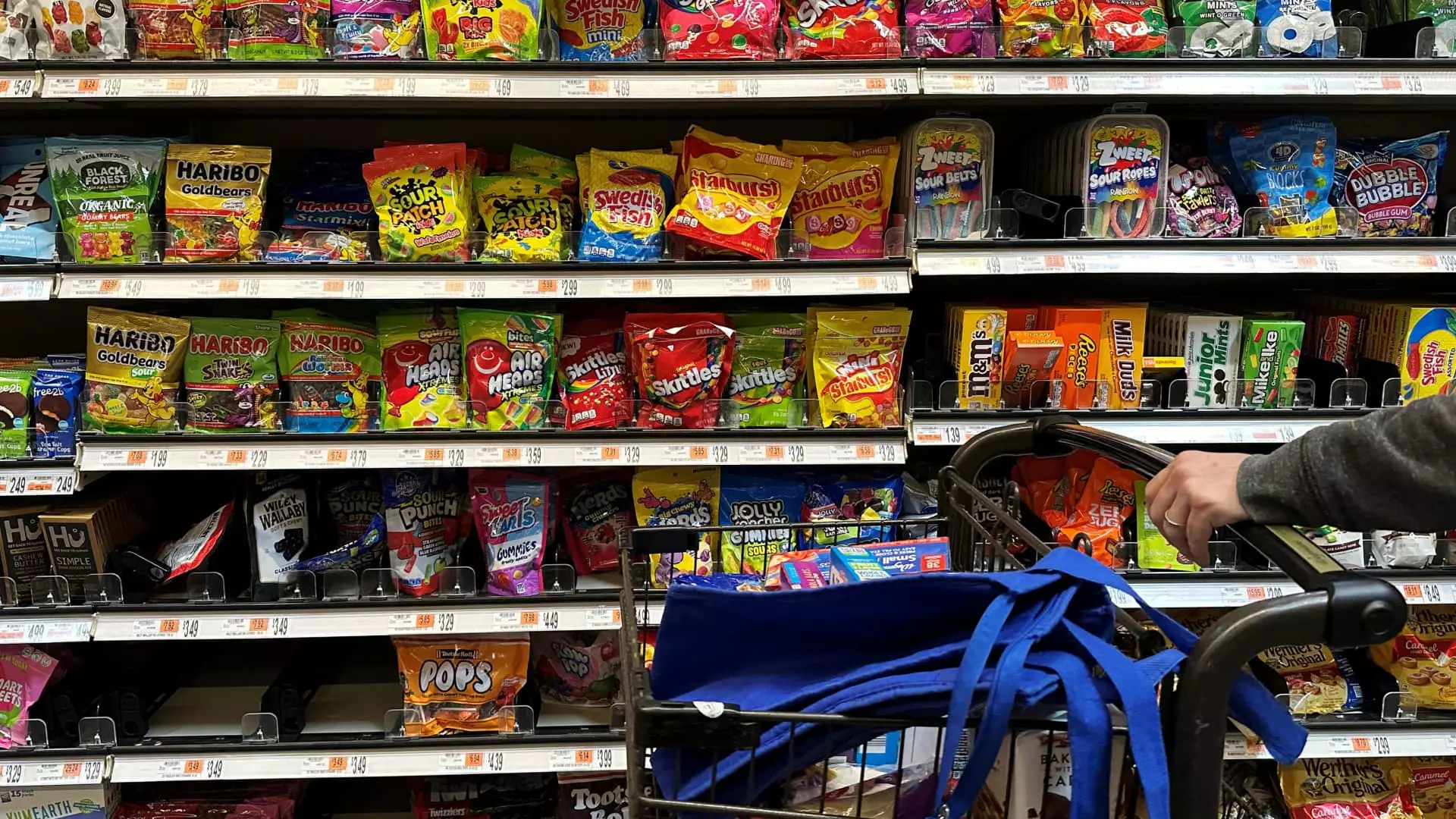The ongoing debate over the use of artificial colorants in food has taken a pivotal turn with the announcement from the FDA. With a growing awareness surrounding health and the environment, the phased removal of petroleum-based synthetic dyes is already sending ripples through the food industry. Boldly declaring an end to a 50-year reliance on harmful synthetic chemicals, the FDA is making a significant regulatory shift that aligns with a burgeoning belief among health advocates—namely, that children deserve better.
In a world where visually stimulating packaging often trumps nutritional quality, the bright hues of popular snacks and cereals like Flamin’ Hot Cheetos or Froot Loops tell a compelling, albeit concerning, story about the shortcut taken in food production. This isn’t merely about aesthetics; it speaks volumes about the priorities of the manufacturers who chase consumer attention over consumer health. It’s time to examine just how deep the roots of these synthetic colorants run and their implications for our society.
Dislodging the Industrial Grip
The companies currently leveraging synthetic dyes—PepsiCo, General Mills, and others—are experiencing a tectonic shift in the landscape they once took for granted. The immediate pressure from the FDA is not merely procedural; it represents a broader awakening among consumers who are growing increasingly skeptical of the ingredients in their everyday foods. The FDA’s Health Secretary, Robert F. Kennedy Jr., has invoked a narrative that implicates the very companies that have prioritized profit over public health, likening the situation to a “toxic soup” that our children have unknowingly been swimming in.
Organizations that have long defended the use of synthetic dyes often point to the lack of comprehensive studies linking these additives directly to serious health issues. However, the tide of public opinion is shifting; studies like those published in *The Lancet* connecting synthetic dyes to hyperactivity in children are gaining traction. This not only fuels regulatory action but intensifies a societal call for transparency that corporations can’t ignore indefinitely.
Impact on Consumer Perception
Let’s not overlook how altering food formulas will affect brand perception among consumers. A swift overhaul in recipes to eliminate synthetic dyes stands to significantly impact the aesthetics of beloved products. The backlash against attempts to replace such vibrancy with natural alternatives has been palpable in the past; witness the inadequate acceptance of naturally dyed Trix cereal, where consumers favored artificial colors for a reason—they are visually appealing, something marketers have long recognized.
Kennedy’s bold notions about “Make America Healthy Again” must contend with the inherent challenges faced by these giant companies. They now find themselves at a crossroads: adapt or remain stuck in dubious past practices. Will consumers still support brands when their visual appeal fades alongside the synthetic additives? These shifts are not merely regulatory hurdles; they are existential challenges for food companies that must reassess their ethos in marketing health.
Rethinking the Costs
One persistent argument against the move away from synthetic dyes centers on economic implications—natural alternatives can introduce higher production costs. Some industry players have argued that switching to natural dyes may raise prices for consumers, impacting affordability. However, it’s worth questioning whose interests prevail in this economic calculus. If the cost of a food item is weighed against the health of our children and the environmental impact, we must ask ourselves: is it a price we are willing to pay?
Marty Makary points to examples from other nations where synthetic dyes have been banned without resulting increases in food prices. This serves as a pivotal reference point that hints at untapped potential for innovation in formulation methods. Beyond simply adjusting pricing, it could incentivize a new generation of food industry leaders. For companies willing to invest in creative reformulation, the avenues for marketing healthier alternatives may actually yield untold dividends in consumer loyalty.
The Road Ahead
The FDA’s actions represent more than just a compliance checklist for these corporations; it highlights a movement toward a healthier future. While removing artificial dyes isn’t a silver bullet for all health issues facing American children, as Makary acknowledges, it’s undeniably a step in the right direction. The momentum surrounding natural ingredients is undeniable, compelling both consumers and companies alike to embark on a more conscientious approach to food.
As industry leaders meet with the FDA, the powers of reform could drastically reshape what’s on our supermarket shelves. Therefore, let’s be vocal in supporting this evolution in food production; it’s not merely regulatory compliance, but a profound moral imperative—a clarion call for health over hype and ethics over aesthetics. America’s children appear to be on the brink of liberation from a colorful yet toxic legacy, and it’s a cause worth rallying behind.

